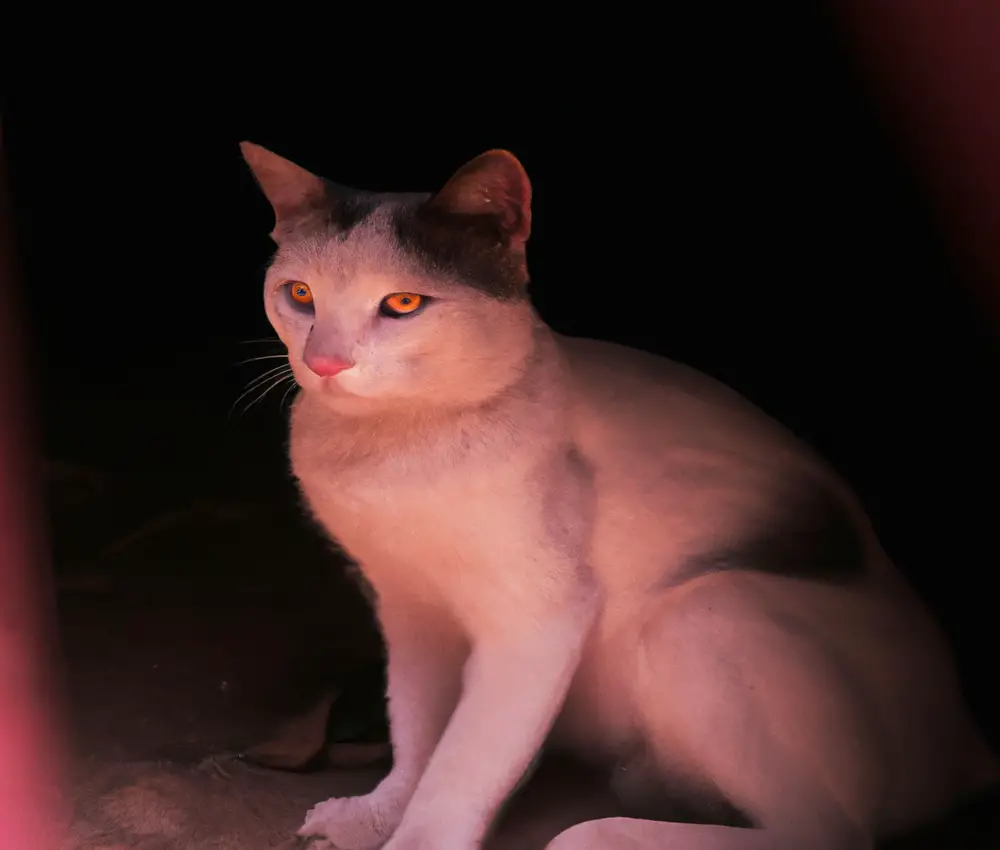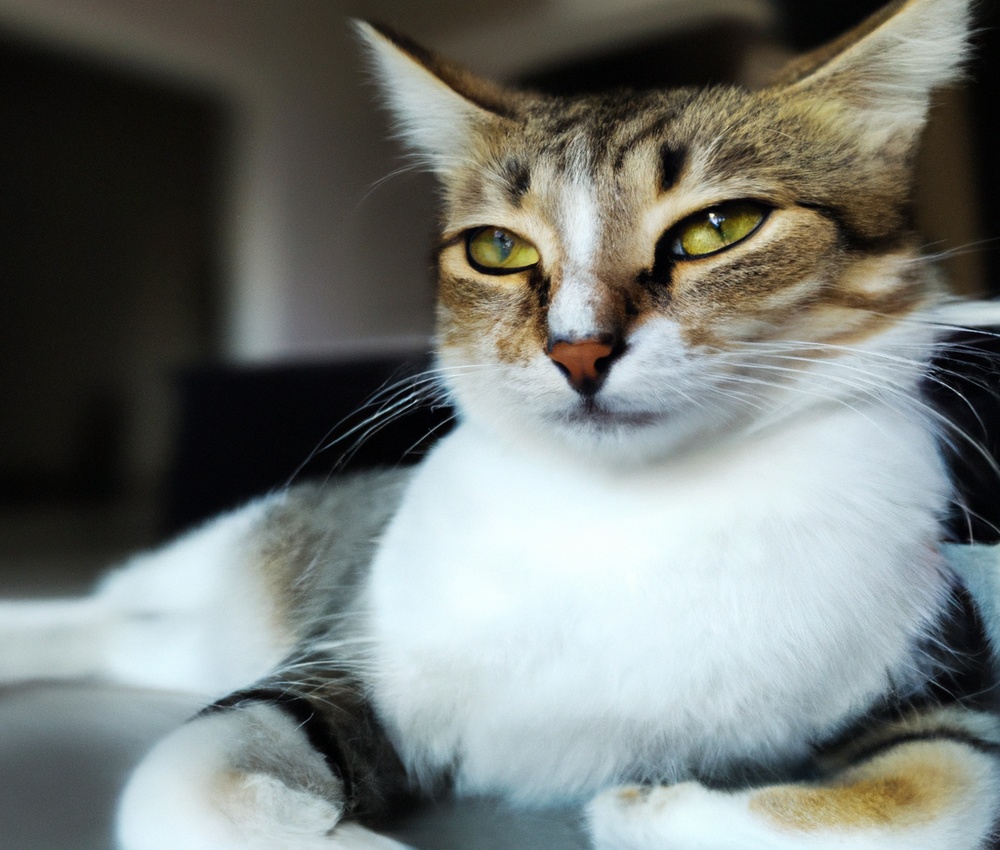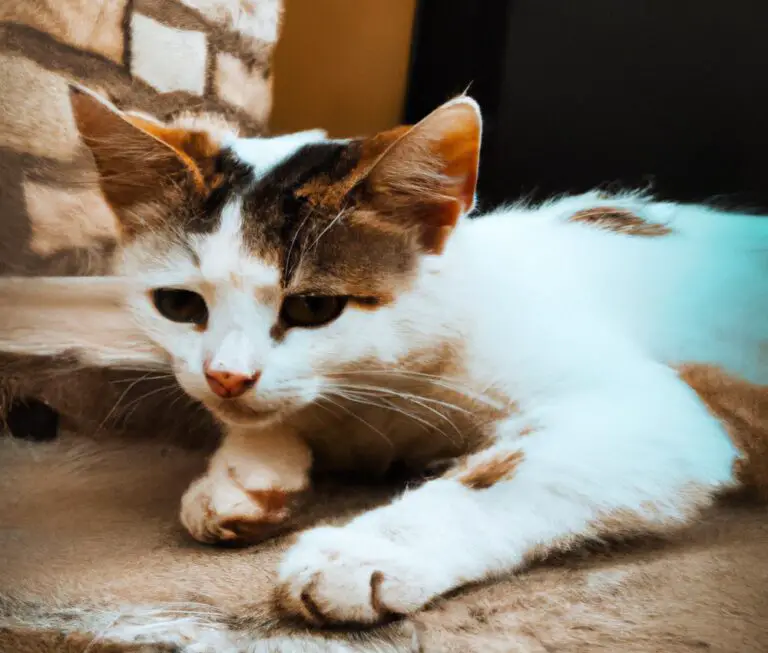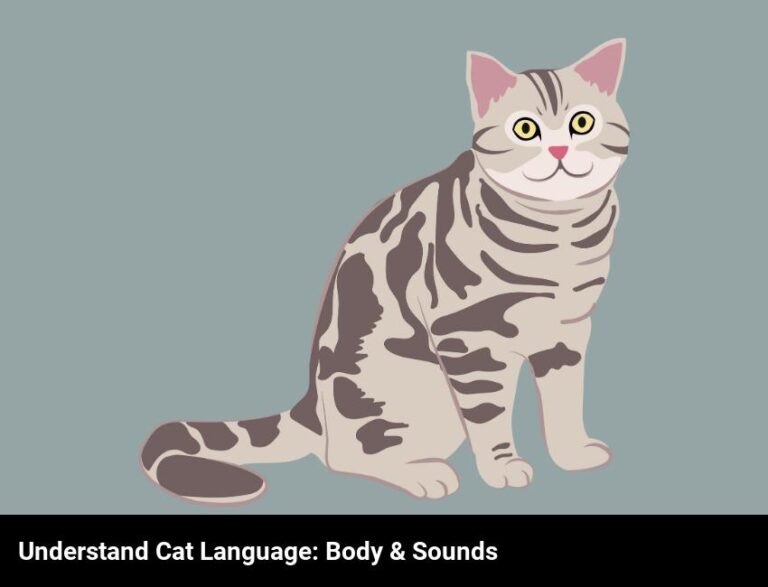Do Cats Like Being Tossed In The Air?
Key Takeaways:
- Cats generally do not enjoy being tossed in the air as it can be distressing and dangerous for them.
- It is important to prioritize a cat’s safety and well-being by avoiding activities that involve throwing or tossing them.
- Cats have natural instincts for balance and stability, making it uncomfortable and potentially harmful for them to be thrown in the air.
- Engaging in interactive play with cats using appropriate toys and activities is a safer and more enjoyable way to bond with them.
Have you ever wondered if cats enjoy being tossed in the air? It’s a playful and seemingly harmless interaction that some cat owners engage in.
But is it safe?
As a cat behavior expert, I’m here to shed some light on this topic. In this article, we’ll explore the natural instincts of cats, why some cats may enjoy being tossed, the potential risks involved, and safer alternatives for interactive playtime.
Whether you’re a cat owner or simply curious about feline behavior, let’s dive in and find out if tossing cats in the air is a hit or a miss!
Can Cats Be Tossed in the Air Safely?
Yes, short hint: Understanding if it is safe to toss cats in the air.
Understanding Feline Behavior
Understanding feline behavior is important when it comes to keeping our furry friends happy and healthy. Cats are independent creatures with their own unique personalities.
They communicate through body language, vocalizations, and behaviors.
Some common behaviors include kneading, purring, meowing, and scratching. Cats also have specific territorial needs and require mental stimulation through play and exploration.
By observing and understanding their behavior, we can provide them with an enriched environment and build a strong bond with them.

The Natural Instincts of Cats
Cats have natural instincts that are ingrained in them from birth. These instincts have helped them survive and thrive for thousands of years.
One key instinct is their hunting ability.
Cats are natural-born hunters and have excellent agility and stealth. They love to stalk and pounce on prey, which is why we often see them chasing after toys or bugs.
Another instinct is their need for territory and marking it with scent.
Cats are very territorial animals and have a strong desire to establish and defend their own space. They mark their territory by rubbing their scent glands on objects or by spraying urine.
Cats also have a strong grooming instinct.
They spend a significant amount of time grooming themselves to keep their fur clean and free from tangles. This instinct not only helps them maintain their appearance but also serves to remove dirt and parasites from their bodies.
Overall, understanding and respecting a cat’s natural instincts is important for their well-being and can help create a harmonious environment for both them and their human companions.

Why Some Cats May Enjoy Being Tossed in the Air
Some cats may enjoy being tossed in the air due to their natural instincts and preferences.
This behavior can mimic hunting and trigger their sense of adventure.
The sensation of being airborne can be stimulating and exciting for them.
It’s important to note, however, that not all cats will enjoy this activity, and it should always be done gently and safely to prevent any harm or distress to the cat.
The Risks and Potential Harm of Tossing Cats
Tossing cats in the air can have serious risks and potential harm.
Cats are not designed to fly or be shaken violently.
They can experience injuries such as broken bones, internal bleeding, and trauma.
Cats may also develop anxiety, fear, and trust issues from being tossed.
Avoid these actions to safeguard your cat’s well-being and maintain their trust.

Alternatives to Tossing Cats in the Air
There are more humane ways to engage with your cat than tossing them in the air.
Here are a few alternatives to consider:
- Interactive toys: Keep your feline friend entertained with interactive toys, such as puzzle feeders or treat-dispensing toys. These allow cats to engage their natural hunting instincts.
- Laser pointers: Cats love to chase laser pointers, providing them with mental and physical stimulation. Just be sure to never shine the pointer directly in their eyes.
- Feather toys: Stimulate your cat’s hunting instincts with feather toys attached to a wand. Move the toy around, allowing your cat to pounce and jump.
- Scratching posts: Encourage healthy behavior and exercise with a scratching post. Cats love to stretch and scratch, so provide them with an appropriate place to do so.
Remember, it’s important to engage in playtime with your cat, but let’s do it in a way that keeps them safe and happy.
Tips for Interacting with Your Cat
Tips for Interacting with Your Cat:
Engaging Playtime Activities for Cats
Engaging Playtime Activities for Cats can be a great way to keep your feline friend happy and stimulated. Here are a few ideas:
- Interactive Toys: Invest in puzzle toys or treat-dispensing toys that will challenge your cat’s mind and provide entertainment.
- Feather Wands: Cats love to chase and pounce, so try using a feather wand or fishing rod toy to engage their natural hunting instincts.
- Laser Pointers: Use a laser pointer to create a moving target for your cat to chase. Just make sure to never shine it directly in their eyes.
- Cardboard Boxes: Cats love boxes! Set up a few empty boxes around the house for them to explore and play in.
- Catnip Toys: Many cats are attracted to the scent of catnip. Try incorporating catnip-filled toys into playtime for extra excitement.
Remember, each cat is different, so it’s important to observe and understand your cat’s preferences when engaging in playtime activities.
Understanding Your Cat’s Comfort Zones
Understanding your cat’s comfort zones is key to creating a harmonious environment for your furry friend. Cats have different comfort levels in various situations, so it’s important to observe their body language and reactions.
Some common comfort zones for cats include high places, hiding spots, and quiet areas.
Provide these spaces and allow your cat to approach you on their terms. Respect their boundaries and avoid any sudden movements or loud noises that could cause stress.
Creating a safe and comfortable environment will help your cat feel at ease and build trust with you.
Safe and Enjoyable Ways to Play with Your Cat
Playing with your cat can be a fun and bonding experience.
To ensure it’s safe and enjoyable, here are a few tips:
- Use interactive toys: Choose toys that allow you to engage with your cat, such as feather wands or laser pointers. This helps simulate hunting behaviors and keeps your cat mentally stimulated.
- Avoid rough play: While some cats may enjoy wrestling or biting during play, it’s important not to encourage aggressive behaviors. Use gentle gestures and redirect their attention if they get too rough.
- Set up a play area: Create a designated space with scratching posts, tunnels, and toys where your cat can play freely. This allows them to expend energy and encourages exploration.
- Rotate toys: Cats can quickly lose interest in the same toys. Rotate their toys regularly to keep them engaged and prevent boredom.
- Supervise outdoor play: If you let your cat play outside, always supervise them to ensure their safety. Keep them away from roads, toxic plants, and dangerous areas.
Incorporating Stimulating Toys into Playtime
Incorporating stimulating toys into playtime with your cat is a great way to keep them mentally and physically engaged.
Here are a few tips to make playtime more exciting for both you and your furry friend:
- Introduce a variety of toys, such as interactive puzzles, wand toys, and treat-dispensing toys.
- Rotate the toys regularly to prevent boredom.
- Find toys that cater to your cat’s natural instincts, like hunting or chasing.
- Use toys that encourage exercise, such as laser pointers or feather toys.
- Supervise playtime to ensure your cat’s safety and prevent any accidents.
By incorporating stimulating toys into playtime, you can provide your cat with the mental and physical stimulation they need to stay happy and healthy.
So go ahead and spice up playtime with some fun and engaging toys for your feline friend!
Signs That Your Cat May Not Enjoy Being Tossed in the Air
If your cat shows signs of discomfort or fear when being tossed in the air, it may not enjoy this activity. Additionally, physical reactions such as tense muscles or flattened ears can be indicators that your cat does not appreciate being tossed.
Behavioral Indicators of Discomfort or Fear
Behavioral indicators of discomfort or fear in cats can include hissing, growling, flattened ears, dilated pupils, arched back, tail twitching, and attempting to flee or hide. Rapid breathing, excessive grooming, decreased appetite, excessive vocalization, and aggression towards humans or other animals are also signs.
It’s important to pay attention to these signals and provide a safe and comfortable environment for your cat to avoid causing them distress.
Physical Reactions in Cats Who Dislike Being Tossed
Physical reactions in cats who dislike being tossed can include the following:
- Flattening their ears against their head.
- Holding their tail low or tucked between their legs.
- Dilated pupils that appear wide.
- Hissing, growling, or yowling in distress.
- Trying to scratch or bite to escape.
- Struggling vigorously to get out of your grasp.
These behaviors indicate that your cat is feeling scared, stressed, or uncomfortable with being tossed in the air.
It’s important to respect your cat’s boundaries and find alternative ways to play and bond with them.
Importance of Respecting Your Cat’s Boundaries
It’s important to respect your cat’s boundaries for their well-being. Cats may not enjoy being tossed in the air, and it’s essential to understand and honor their limits.
Respecting their boundaries helps maintain trust and strengthen your bond.
When interacting with your cat, pay attention to their body language and cues. Give them space when they need it and engage in activities that they enjoy.
Frequently Asked Questions
Is it ever okay to toss a cat in the air?
Tossing a cat in the air is not okay. It can cause injury and distress to the cat.
Cats are agile creatures, but they are not built for being tossed around.
This kind of rough handling can result in broken bones, sprains, or psychological trauma. It’s important to treat cats with care and respect their boundaries.
Instead, engage in gentle play and provide them with toys and interactive activities that stimulate their natural hunting instincts.
How can I tell if my cat likes being tossed or not?
To determine if your cat enjoys being tossed, pay attention to their body language and behavior.
Signs that your cat may enjoy it include purring, relaxed muscles, and a playful demeanor.
They may also approach you and ask for more.
On the other hand, if your cat tries to escape, appears tense or fearful, scratches or bites, or shows signs of stress, it’s best to avoid tossing them.
Remember, every cat is different, so observe your cat carefully to understand their preferences and keep them safe and comfortable.
What are some safer alternatives to tossing cats in the air?
When it comes to interacting with cats, it’s important to prioritize their safety and well-being.
Instead of tossing your cat in the air, there are alternative activities that can keep them entertained and engaged without any risk of harm.
Here are some safer alternatives:
- Interactive toys: Invest in toys that allow your cat to play and exercise on their own. Toys with feathers, strings, or small balls can keep them entertained for hours.
- Puzzle feeders: Instead of tossing your cat in the air, challenge their minds with puzzle feeders. These toys require cats to work for their food, stimulating their hunting instincts and keeping them mentally sharp.
- Laser pointers: Cats love to chase moving objects, and a laser pointer can provide a fun and safe way to engage them. Just make sure not to shine it directly into their eyes.
- Play tunnels: Cats enjoy exploring and hiding, so providing a play tunnel can give them a safe space to fulfill their natural instincts.
- Catnip toys: Many cats are drawn to catnip, so toys filled with this herb can provide hours of amusement and entertainment.
Remember, every cat is unique, so it’s essential to observe their preferences and adjust the activities accordingly.
By incorporating these safer alternatives into your cat’s routine, you can ensure they have a fun and stimulating environment without any risk of harm.
Keep your feline friend happy and safe!
Final Verdict
It is important to consider the natural instincts and behaviors of cats when deciding whether or not to toss them in the air.
While some cats may enjoy this activity, it can pose risks and potential harm to others.
It is crucial to prioritize the comfort and well-being of our feline friends by engaging in safe and enjoyable interactions.
Understanding your cat’s comfort zones, incorporating stimulating toys, and respecting their boundaries are key to maintaining a positive and healthy relationship.
By doing so, we can ensure that playtime is both enjoyable and beneficial for our beloved cats.







